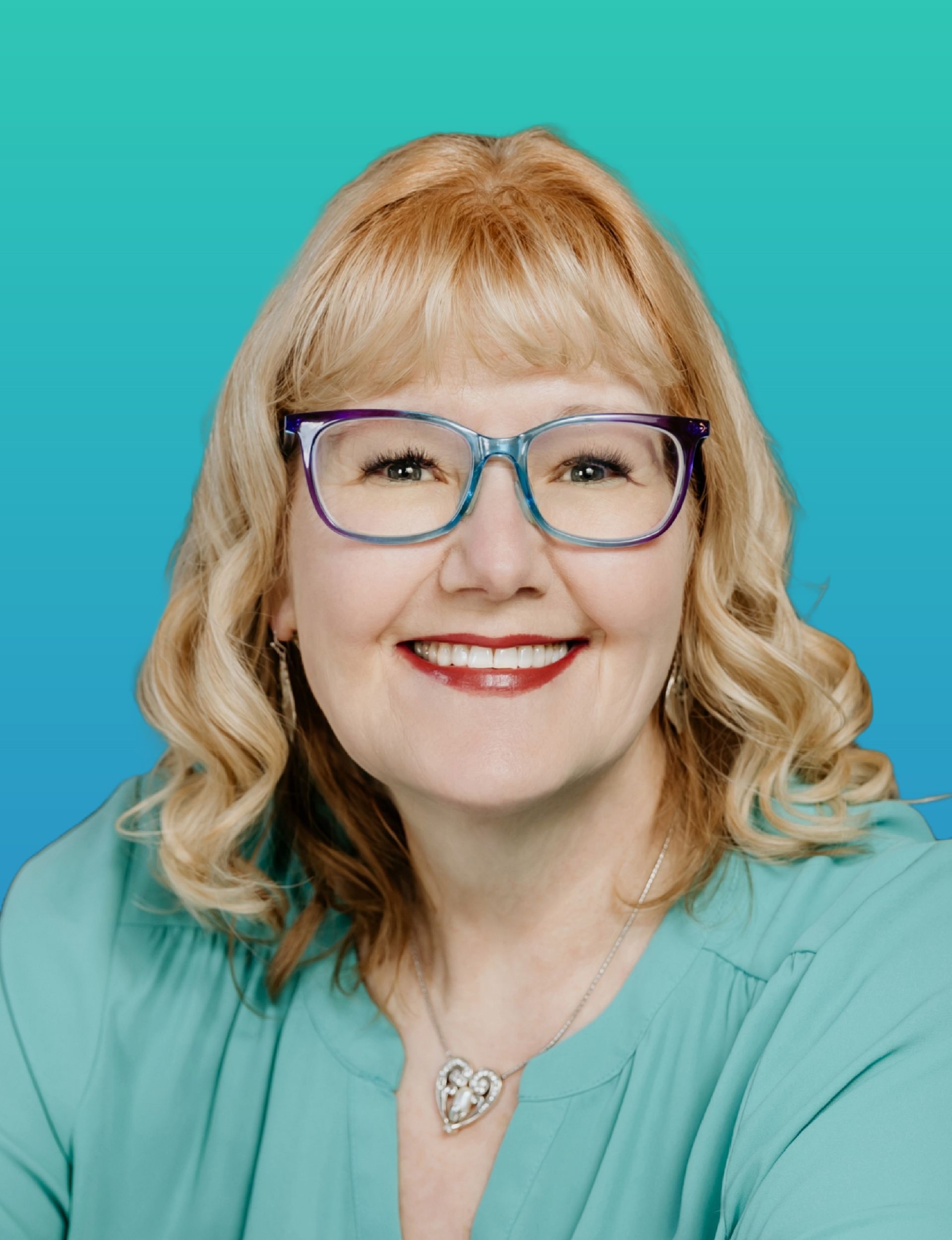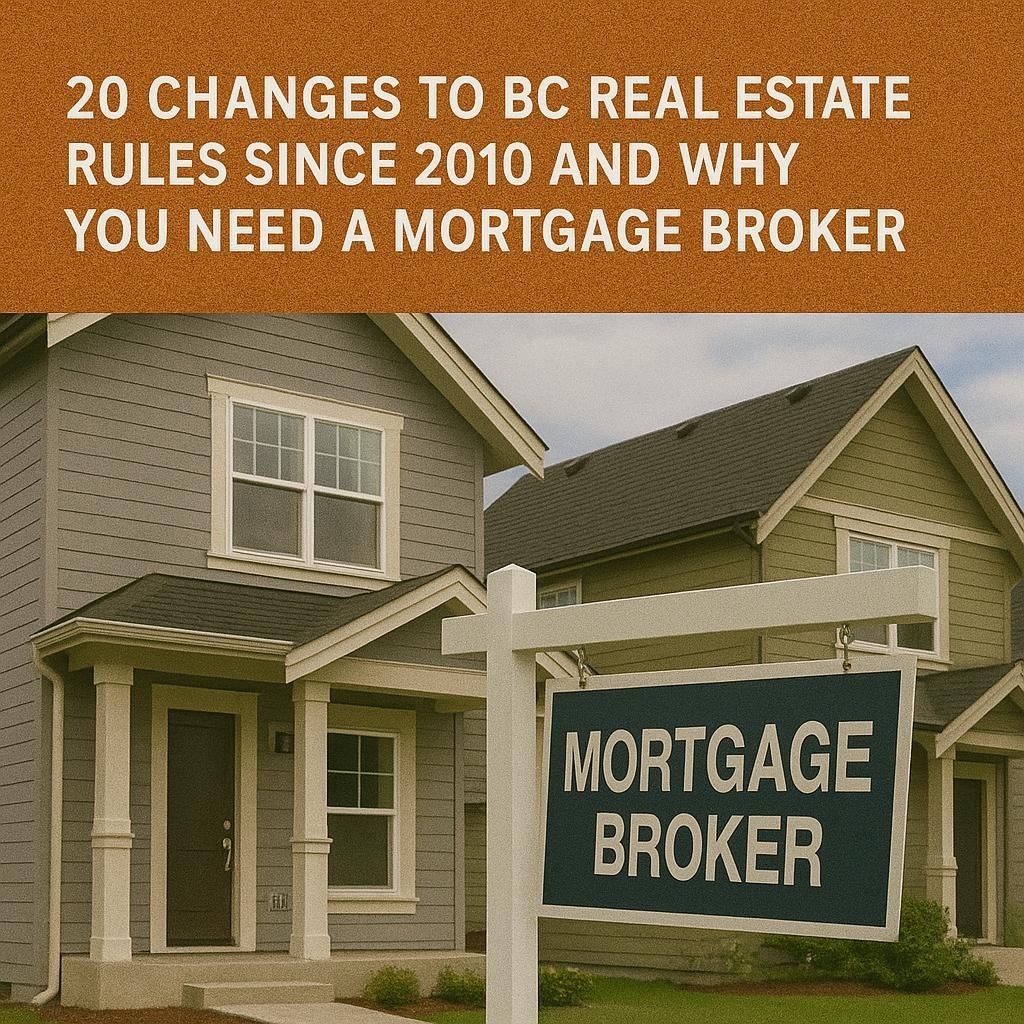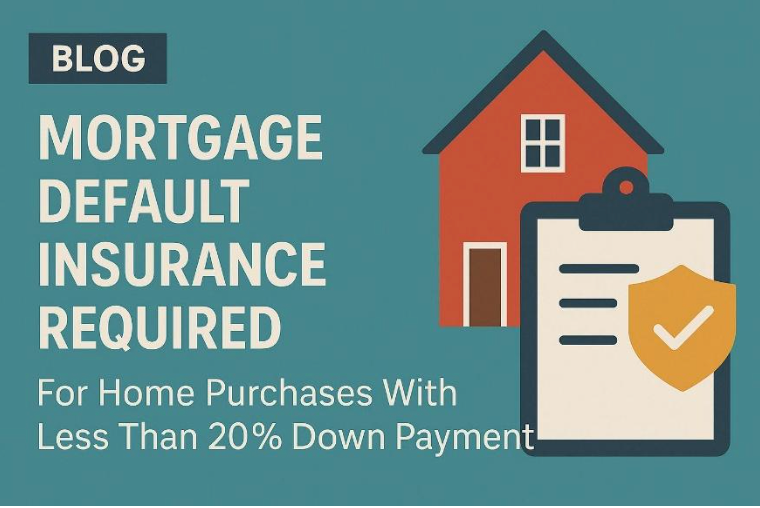Self-Employed?? Here’s What You Need to Know About Mortgages
Why, why, why it is so challenging for entrepreneurs to obtain a mortgage in Canada?
If you’re among the 2.7 million Canadians who are self-employed, regrettably your income is not as easy to document as someone who’s traditionally employed.
Since 2008, mortgage regulations in Canada have made it more challenging for those who work for themselves to qualify for a mortgage due to tighter restrictions on “stated income” loans. In 2012, Canada’s Office of the Superintendent of Financial Institutions (OSFI) introduced Guideline B-20, which requires federally regulated banks to evaluate applications for residential mortgages and home equity lines of credit with more scrutiny.
These rulings made it more challenging for the self-employed to prove income.
Here’s what Self-Employed home buyers need to know:
- Most self-employed are motivated to decrease their earnings to avoid paying tax through legitimate expenses and personal deductions.
- Therefore, much of one’s self-employed income does not show up on paper.
- I’m sorry… but you can’t you can’t have your cake and eat it too! If you choose to write off as much of your income as legally possible to avoid paying taxes, claiming low take-home pay, you will end up paying a higher interest rate on your mortgage.
- i.e. home buyer is a tradesperson, they earn $70,000/year and legitimately write off their business expenses to $40,000/year on Line 150 of their tax return. Lenders use income from Line 150… not gross income to determine affordability.
- Some lenders allow you to “gross up” your declared taxable income (as opposed to stated income) by adding up to 15%.
- i.e. if your declared income on your Notice of Assessment (NOA) is $40,000, the lender could add 15% for a total of $46,000. In most cases this doesn’t really help the business owner, as their income is still too low to qualify for the mortgage they want.
- The new mortgage rules mean the assessment of a self-employed applicant’s income has become far more rigorous. Lenders now analyze the average income for the industry a self-employed candidate works in, and study the person’s employment history and earnings in the field. Their stated income should be reasonable, based on:
- industry sector
- type of business
- length of time the operation has been in business
- Work with professionals. You need to hire a qualified book keeper and a Chartered Professional Accountant (CPA). Their job is to know the ins and outs of taxes so that you can put your focus on growing your business.
- You need to keep all your financial affairs up to date. That means getting the accountant prepared financials, filing your annual tax returns and most importantly paying your taxes. Government always gets first dibs on any money. Lenders won’t be interested in you if you haven’t paid your taxes.
- I recommend having a discussion with your CPA. Let them know that you want to buy a home. Come up with a budget of what income you need to be able to prove on your tax returns.
- Suggestion: you could choose to pay more personal income tax this year, to push your line 150 income up and help you qualify for any mortgage transactions you hope to make.
- Please note: most lenders will want to see 2 years history, to prove consistency in earnings.
- For self-employed borrowers, being able to document income for the past 2-3 years gives you more lending options. Some of the documents your lender may request include:
-
- Credit bureau (within 30 days of purchase)
- Personal tax Notice of Assessment (NOA) for the previous two to three years.
- Proof that you have paid HST and/or GST in full.
- Financial statements for your business prepared by a Chartered Professional Accountant (CPA).
- Contracts showing your expected revenue for the coming years (if applicable).
- Copies of your Article of Incorporation (if applicable).
- Proof that you are a principal owner in the business.
- Business or GST license or Article of Incorporation
6. If you have less than 20% down payment, Genworth is the only option of the 3 mortgage default insurers that still has a stated income program.
Self-employed home buyers, who can document proof of income, can generally access the same mortgage products and rates as traditional borrowers.
Tips for self-employed applying for a mortgage to ensure the process goes smoothly:
- Get your finances in order. Pay down your debt!!
- Every $400/month in loan payments lowers your mortgage eligibility by $100,000
- Every $12,000 in credit card debt lowers your mortgage eligibility by $100,000
- Do you see a theme here?? Pay down your debt! Resist buying/leasing a new vehicle or taking on any additional debt prior to buying your home
- 3 “Rules of Lending” what Banks look at when you apply for a Mortgage in Canada
- Debt-service ratios are a major factor in a loan-approval assessment based on your provable income (Line 150 – what you paid taxes on)
- Maintain good credit. Solving the Puzzle – 5 factors used in determining your Credit Score
- Consider a larger down-payment.
- If you run into difficulty qualifying on your own, consider having someone co-sign for your mortgage. Would a Co-Signer Enable You to Qualify for a Mortgage?
- Have two to three years’ worth of your self-employed supporting documentation available so your mortgage broker can work with you to set up your Mortgage Preapproval.
- Be consistent and show stability. Lenders prefer self-employed borrowers who work in a business that’s established and have expertise in that field.
 What happens if the banks still don’t want you for a conventional mortgage??
What happens if the banks still don’t want you for a conventional mortgage??
Many high net worth business owners with low stated incomes turn to private mortgage lenders for financing, since they can’t prove their income.
It is difficult to navigate which lenders specialize in self-employed mortgages. Using a mortgage broker has obvious advantages, since mortgage brokers have access to multiple lenders and have a broad knowledge of the mortgage market.
Being self-employed need not be a deterrent to buying a property. Let’s have a chat so I can connect you to the lender most suited to your situation.







